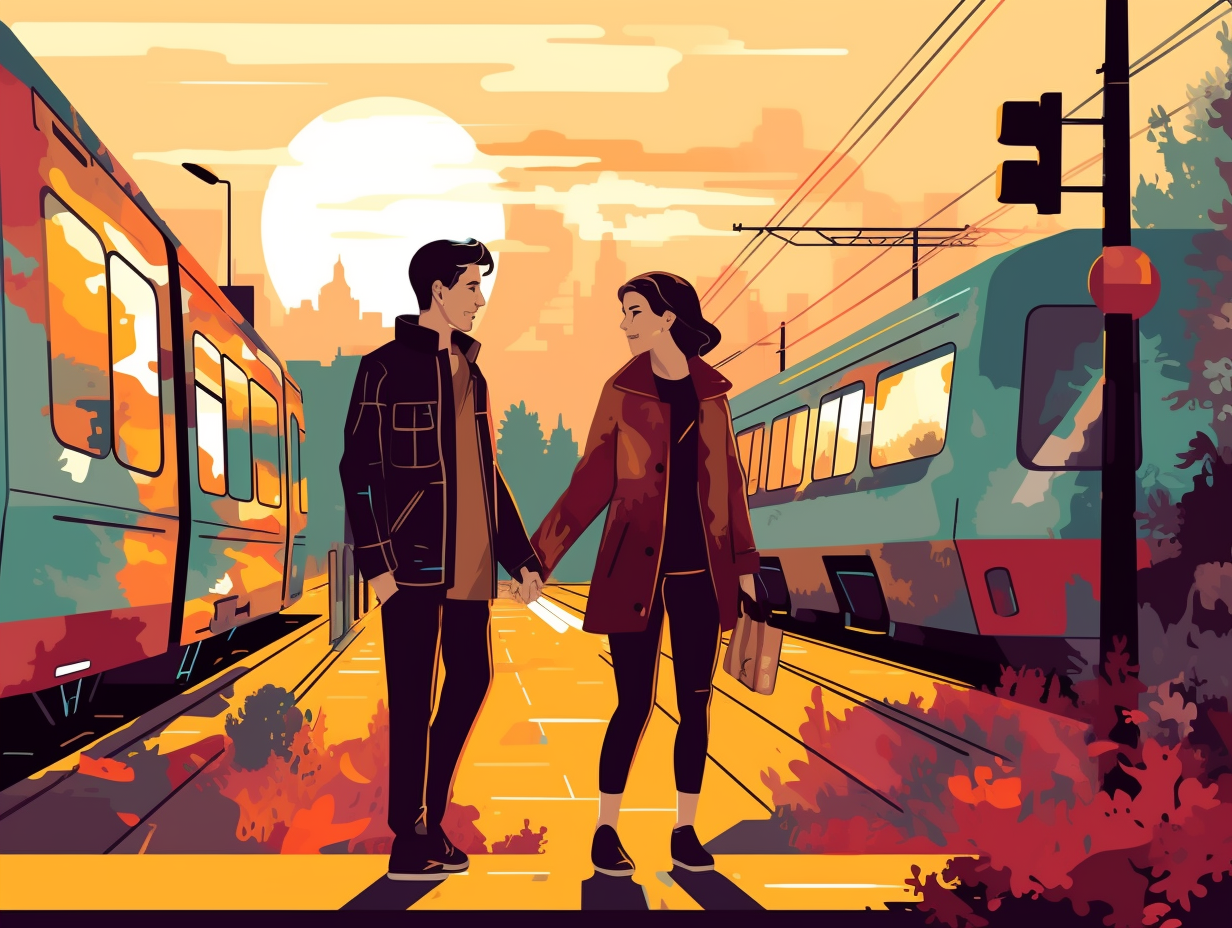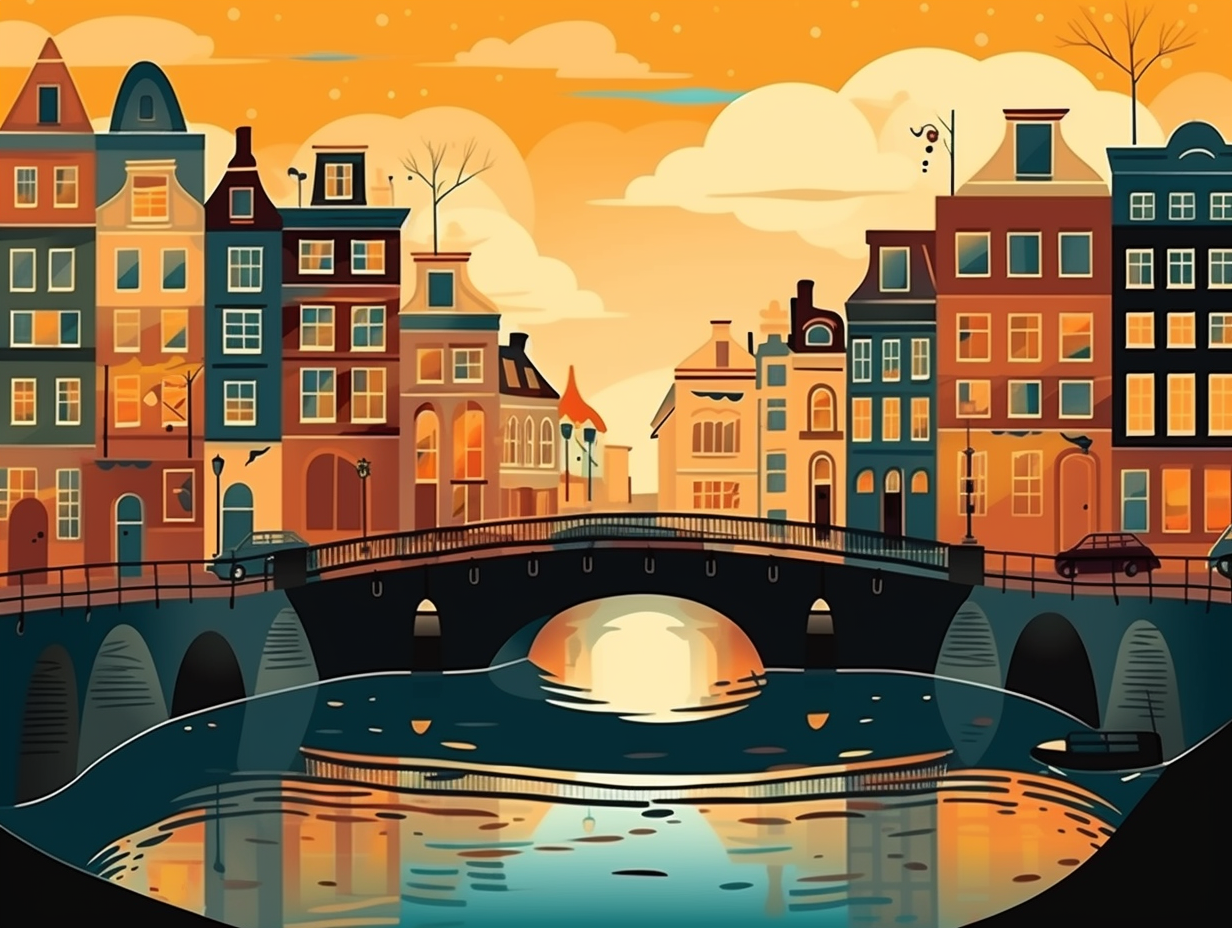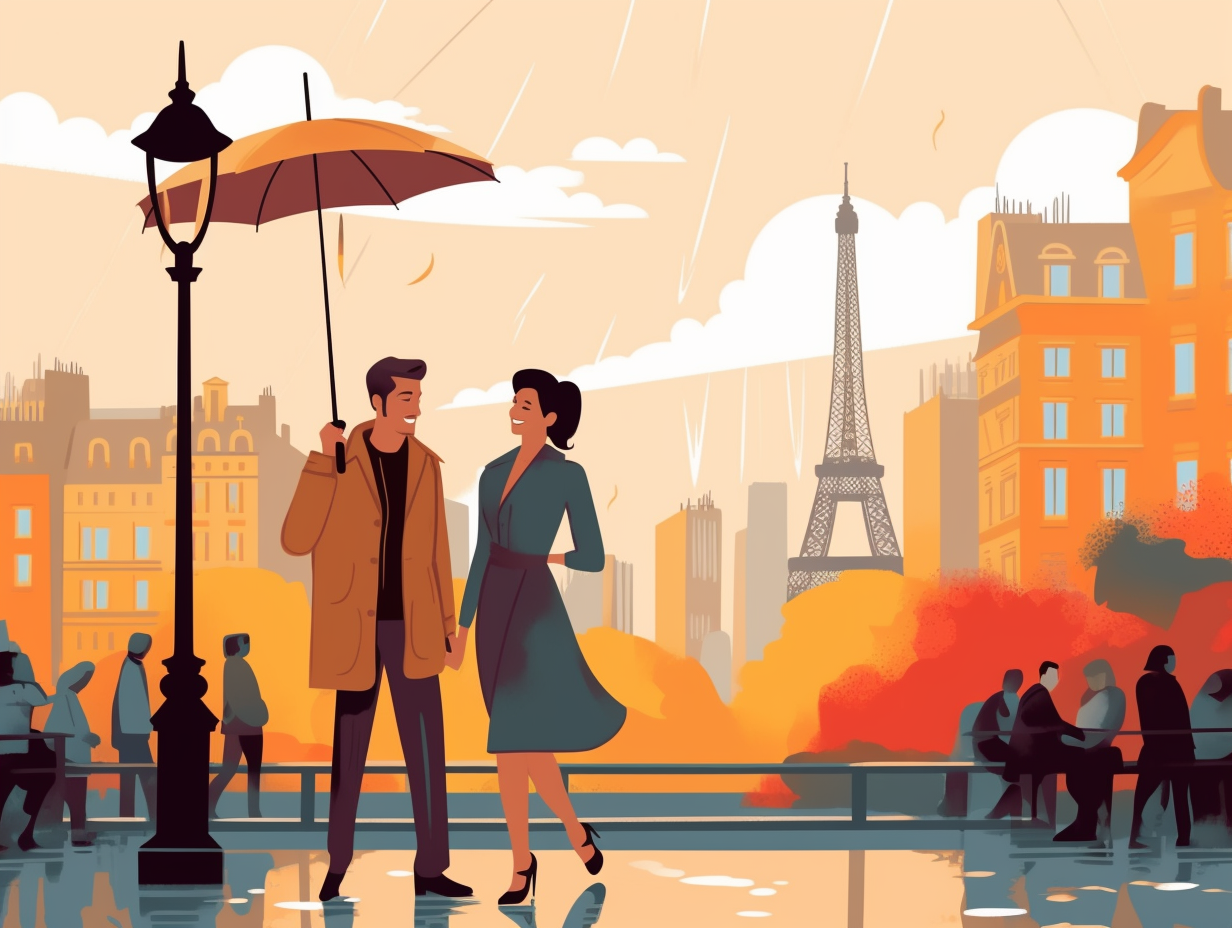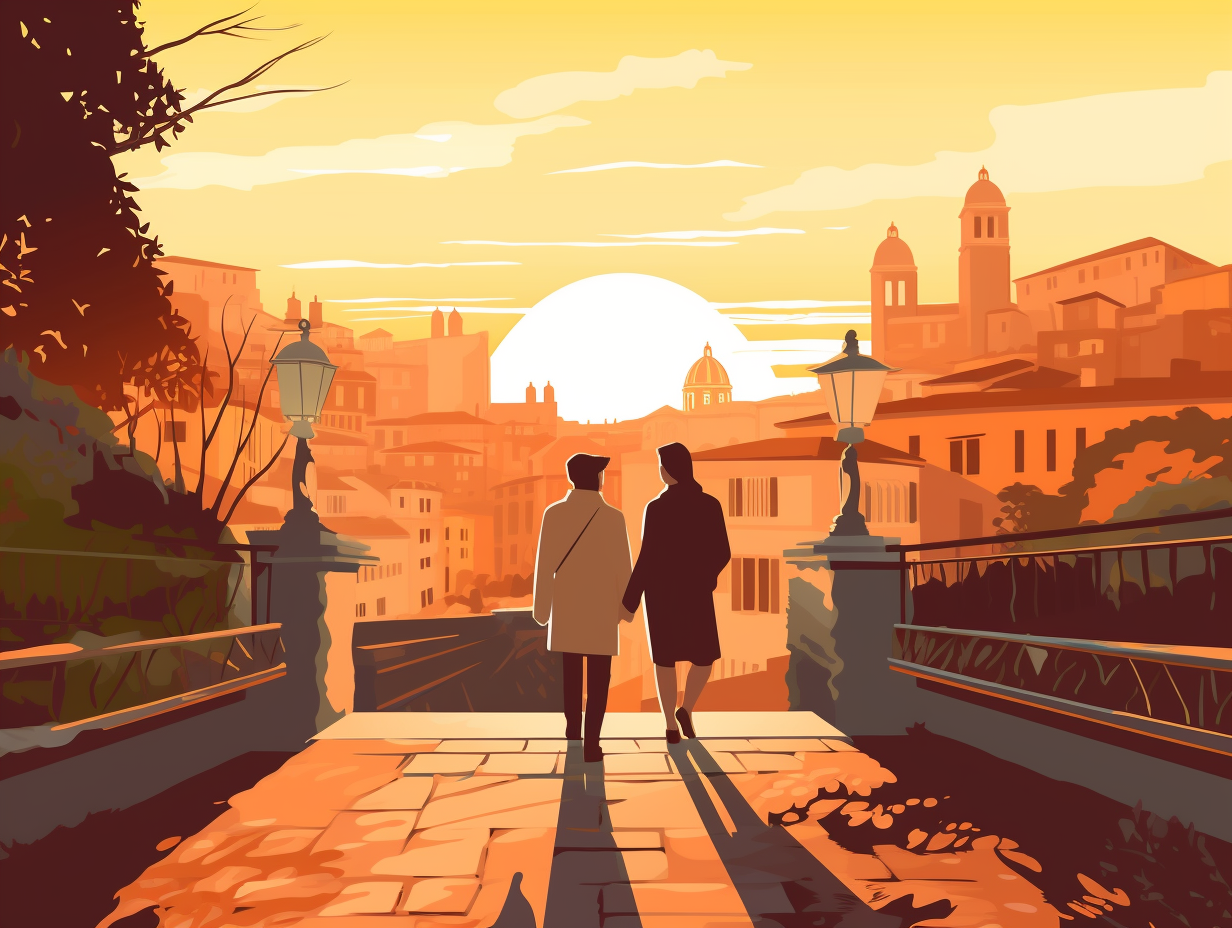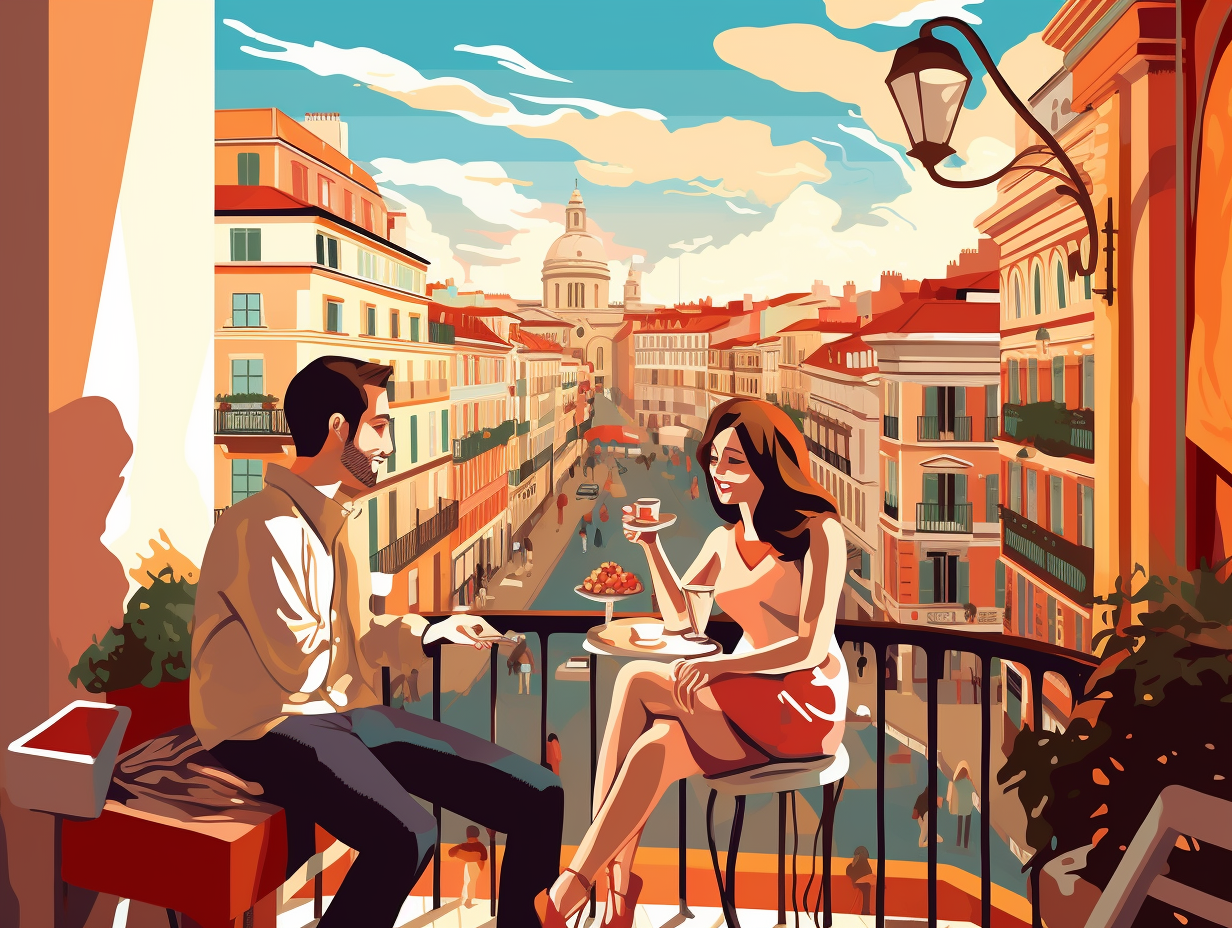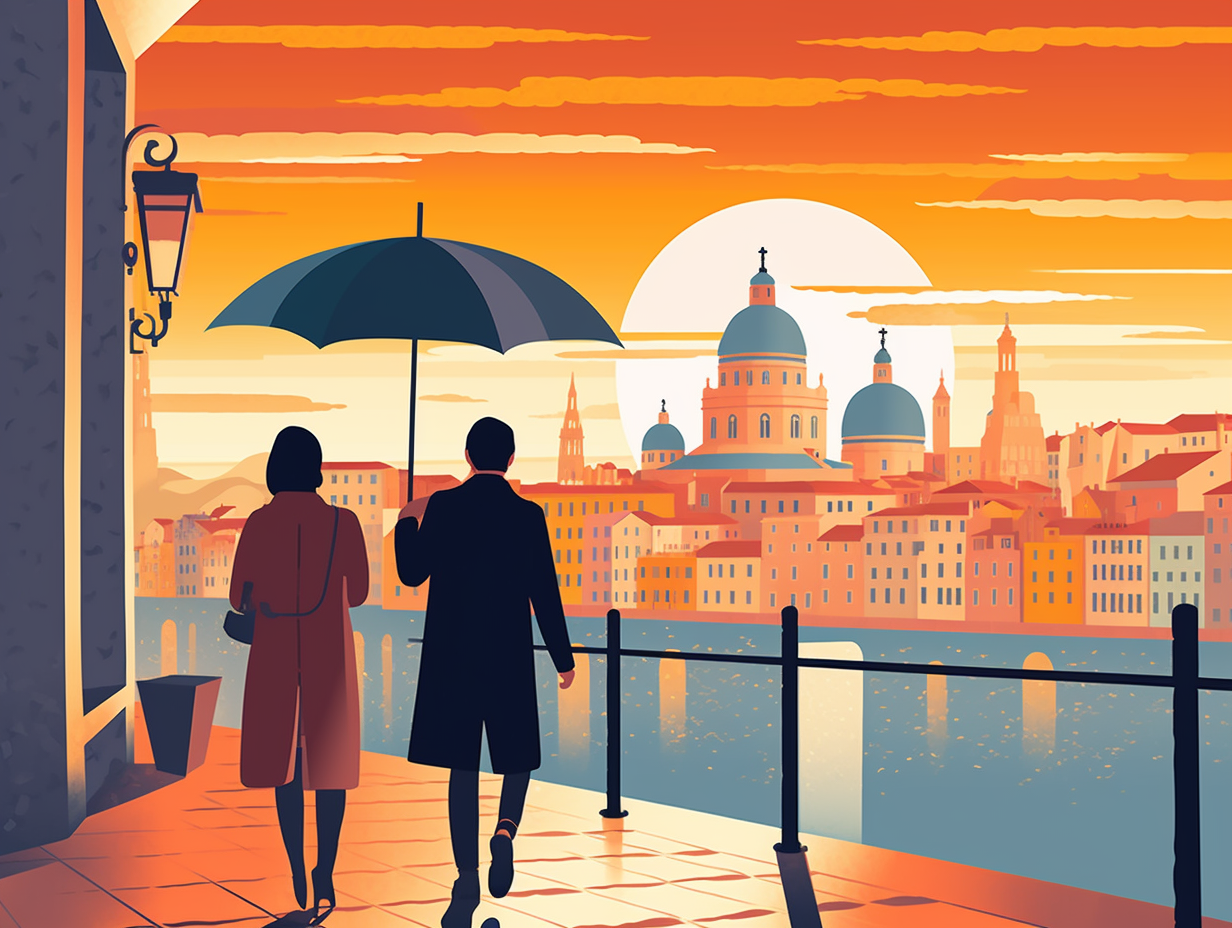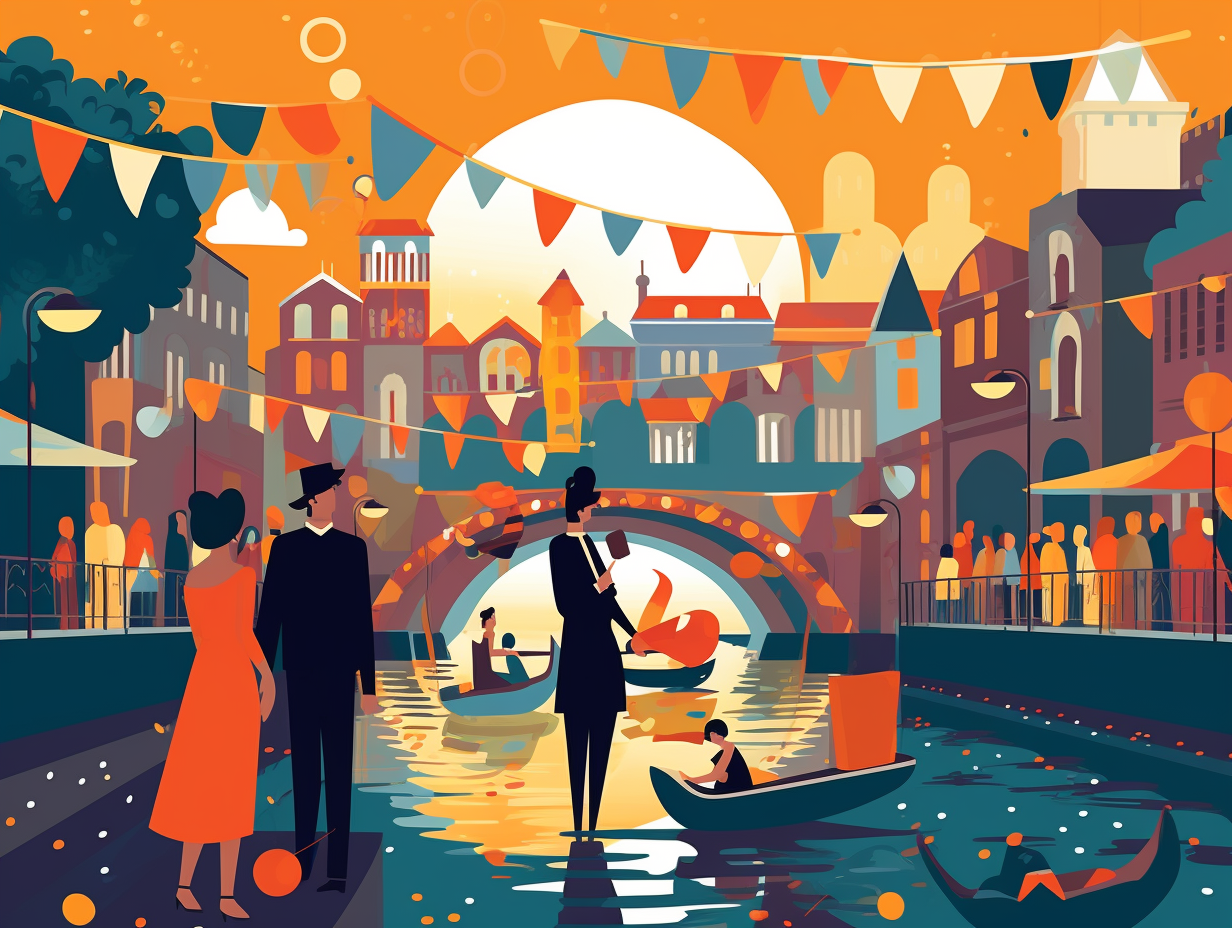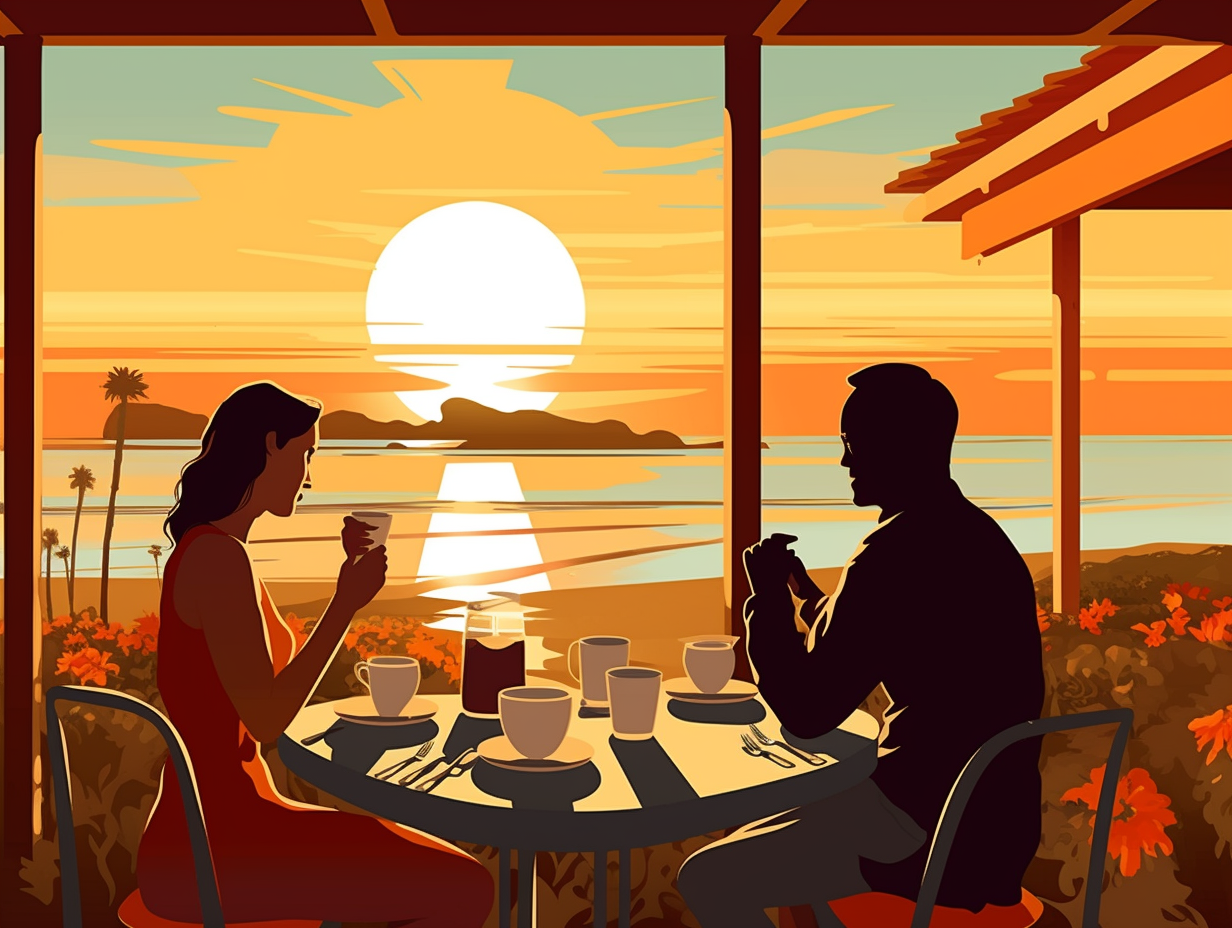Discover Budapest: 9 Amazing Fun Facts About Hungary's Enchanting Capital
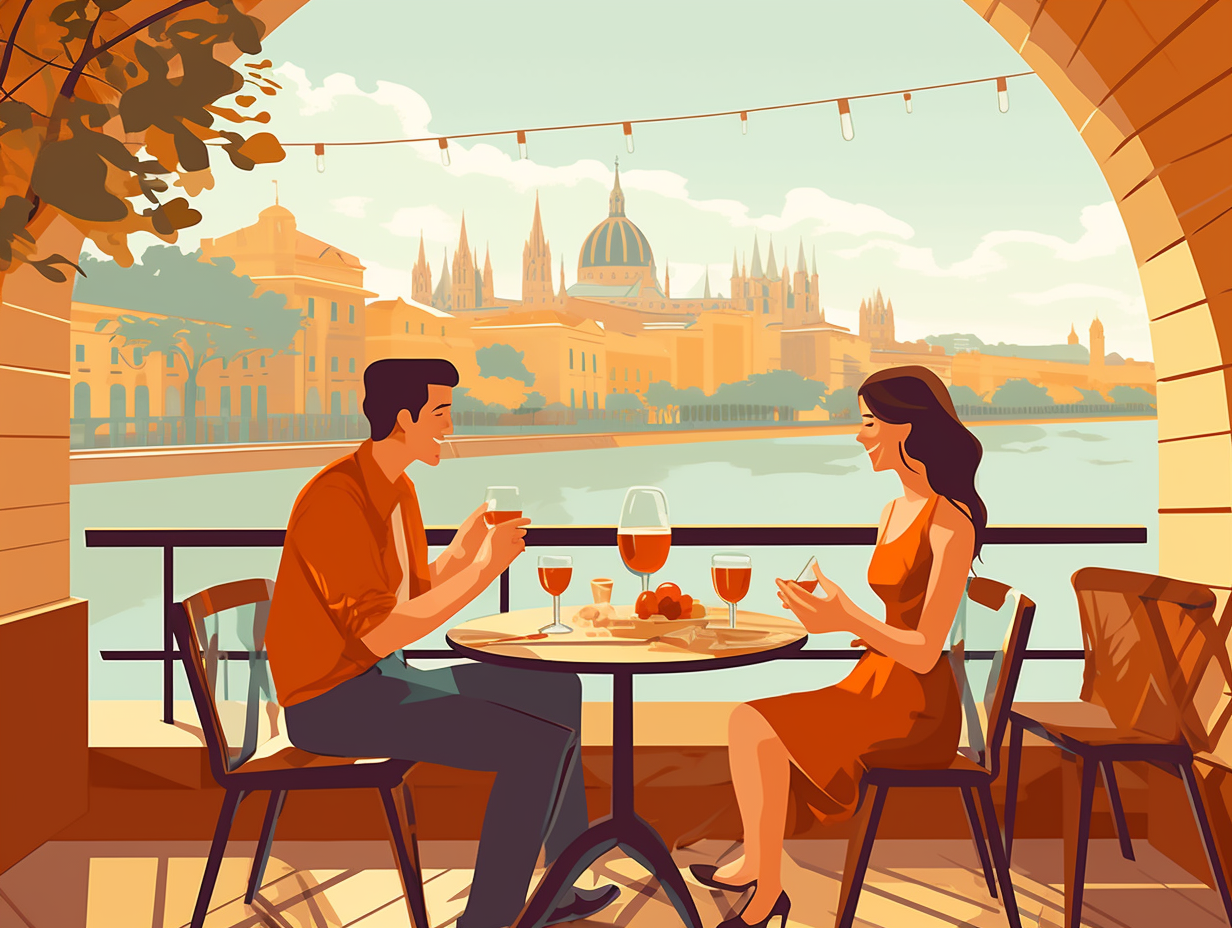
1. Bridging Buda and Pest
When William Tierney Clark decided two was better than one and united Buda and Pest like a 19th-century European matchmaker: In 1849, the British engineer designed the iconic Chain Bridge, the first permanent structure connecting Buda and Pest across the Danube River. The bridge would eventually lead to the unification of Obuda, Buda, and Pest into a single city in 1873, and today, serves as a tourist hotspot for its stunning views and remarkable architecture.
Source => introducingbudapest.com
2. Rubik's Cube Origins
When life gives you lemons, make a Rubik's Cube: Ernő Rubik, a professor of architecture in Budapest, inadvertently launched a puzzle-solving craze in the 70s by creating the Rubik's Cube as an educational tool for his students, unknowingly twisting and turning his way to super-stardom and patent nirvana.
Source => sdmagyar.org
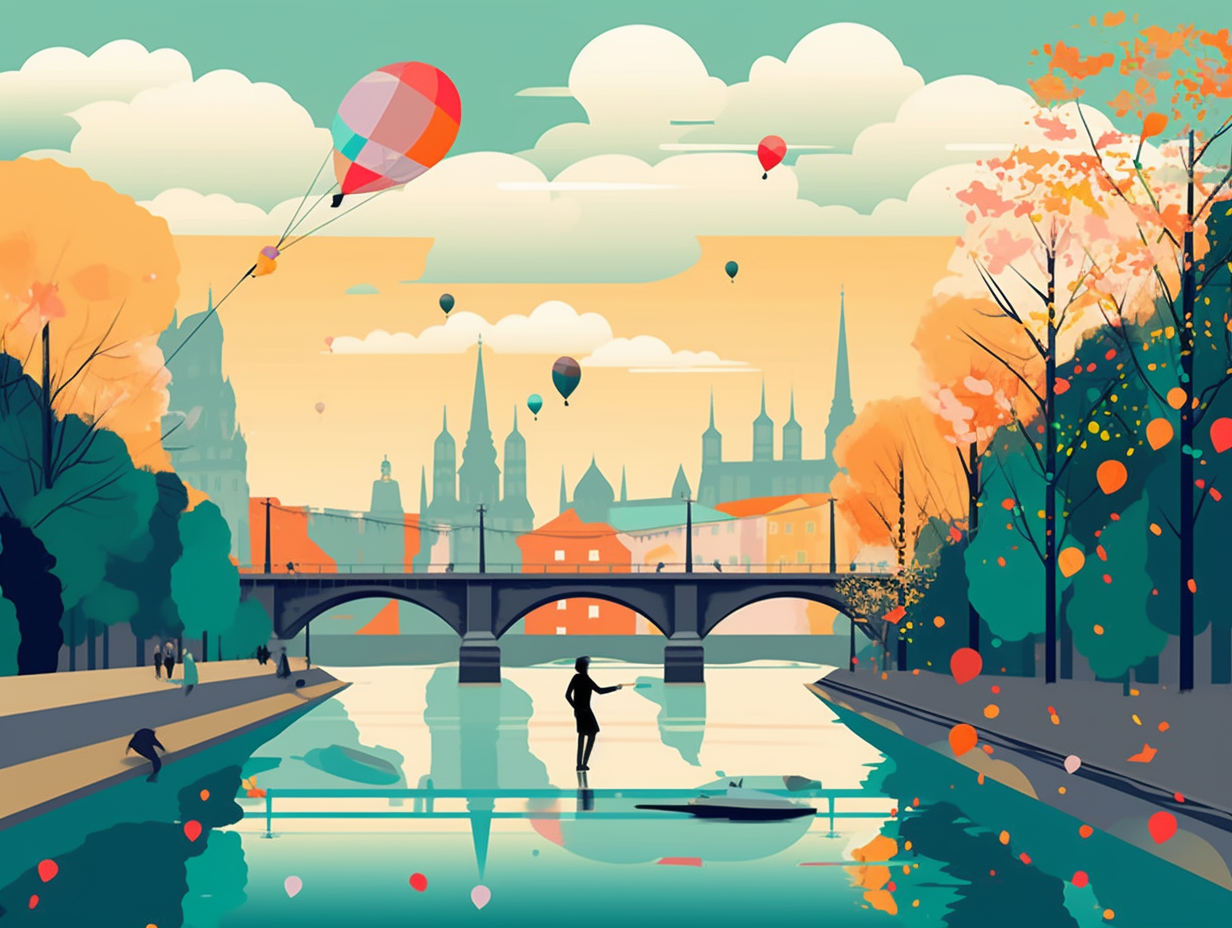
Did you know Vienna had a sweet legal battle over the origin of the famous Sacher Torte? Find out who claimed the "original" recipe and tantalized tastebuds! 🍰🏛️
=> Fun Facts about Vienna
3. City of Spas
You know what's bubbling beneath Budapest, besides delightfully hidden bars and nightlife? Millions of liters of relaxation, that's what: This city is sitting on a treasure trove of 70 million liters of thermal water a day, making it the "city of spas" with over a dozen thermal bath houses and medicinal hot springs, such as the iconic Széchenyi thermal bath, the oldest Lukács Baths, and the art nouveau Gellért Baths.
Source => insider.com
4. Time-Traveling Metro
Hold onto your mustaches and top hats, time-traveling Victorian hipsters: Budapest's Millennium Underground is here to take you on a jolly joyride beneath the city's streets! This venerable subterranean steed, also known as Line M1, spans a modest 5 kilometers but packs a punch: opened in 1896 to celebrate Hungary's millennium, it's Europe's second oldest metro line – right after London's – and is such a captivating piece of history that it was declared a World Heritage Site in 2002.
Source => budapest.org
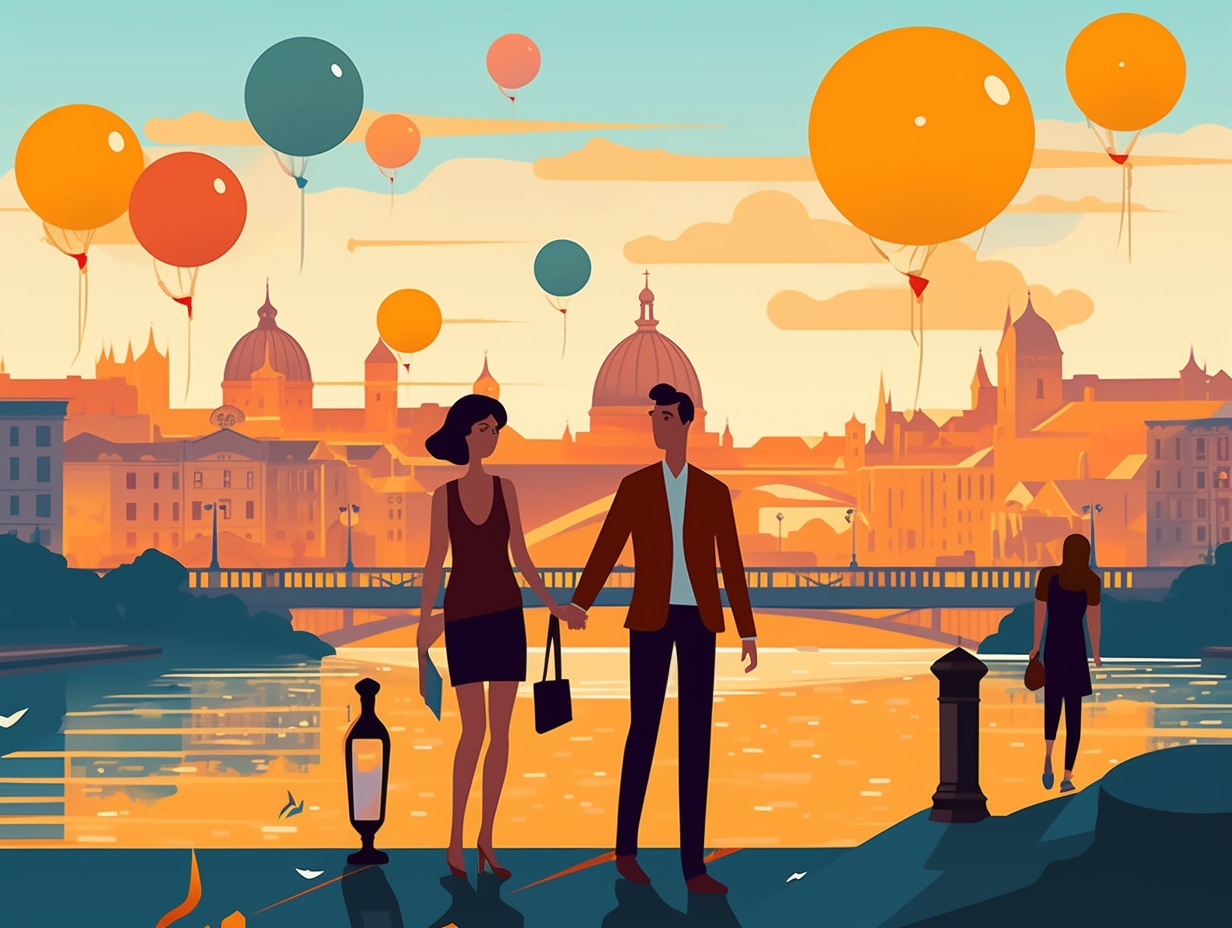
5. Danube's Next Top Model
Did you hear about the epic battle between the Budapest Parliament and Buda Castle for the title of Danube's Next Top Model? Strutting down a 1,770-mile runway of water, the contestants showcase their beauty with a backdrop of picturesque promenades and historic Shoes on the Danube Bank: The clash takes place on Budapest's Danube River, the second longest river in Europe, where visitors can stroll the Promenade for stunning views, participate in boat excursions, and immerse themselves in unforgettable history, all for a modest sum of forints.
Source => travel.usnews.com
6. Kingly Tokaji Wine
Before sipping on the fanciful elixir once believed to remedy a czar's ever-expanding waistline, one must first bow to its majestic title: Tokaji wine hails from Hungary's oldest delimited wine region, a UNESCO World Heritage Site, and proudly answers to the illustrious name of "the king of wine and wine of kings," though its prowess as a sovereign's slimming solution remains unproven.
Source => huffpost.com
7. Bold Pálinka
Pálinka, the Hungarian liquid courage that'll have you feeling bolder than a fruit-stealing squirrel and warms you up like a Budapest bath: This ancient elixir is a traditional Hungarian fruit brandy, protected by both Hungarian and EU law, made from native fruits harvested in the Carpathian Basin. Celebrated during multiple festivals, Pálinka is best enjoyed in a tulip-shaped glass at room temperature, allowing you to fully take in the experience and flavors of this artful spirit.
Source => tripsavvy.com
8. Chain Bridge Magic
When William Tierney Clark took "bridging the gap" seriously, he went beyond mere metaphors and dabbled in industrial magic to stitch together distant riversides: His masterpiece, the Széchenyi Chain Bridge, completed in 1849, became the first permanent suspension bridge across the Danube River in Hungary and helped unite the cities of Buda and Pest. The bridge not only overcame the political turbulence of the time but went on to survive World War II, ultimately becoming a national symbol of strength and perseverance.
Source => lindahall.org
9. Bartók's Musical Abode
Step aside, MTV Cribs! Get a glimpse of Béla Bartók's cozy abode—complete with authentic memorabilia and matchmaking services between classical notes and folksy tunes: Budapest boasts the Béla Bartók Memorial House, where visitors can admire the composer's original piano, furniture, handwritten musical notations, and manuscripts while exploring his deep-rooted love for Hungarian folk music and its influence on his compositions.
Source => blogs.loc.gov
Related Fun Facts

